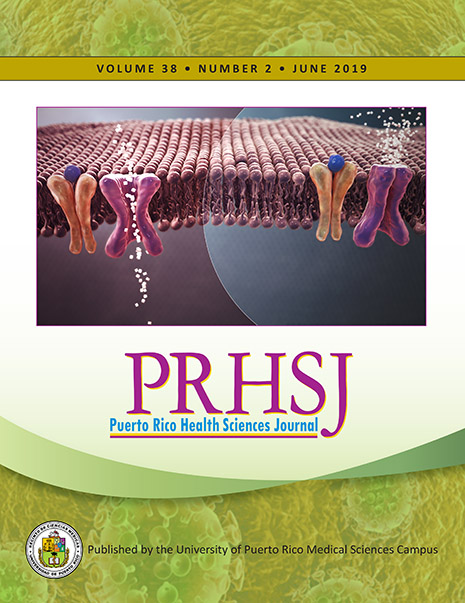Abstract
Objective: To examine the relationship of the symptoms of diarrhea and fatigue by testing a model that included multiple dimensions of the cancer related-symptom experience. Methods: A secondary data analysis was conducted on data from the self-reports of 102 cancer patients co experiencing diarrhea and fatigue during treatment at a comprehensive cancer center in the Southeastern United States. Structural equational modeling was employed to examine the relationship between the 2variables. Fatigue and diarrhea were assessed using items from the Cancer Symptom Scale. Results: The structural model results showed that (a) the model fit was adequate (b) diarrhea explained 7% of the variance in fatigue, and (c) the structural or path coefficient between diarrhea and fatigue was significant (0.267; p<0.05). Diarrhea had the strongest effect on fatigue interference (0.251). Conclusion: Diarrhea is a potential contributing factor to the symptom of fatigue and a potential target for interventions to prevent and ameliorate fatigue.
Authors who publish with this journal agree to the following terms:
a. Authors retain copyright and grant the journal right of first publication with the work simultaneously licensed under a Creative Commons Attribution License that allows others to share the work with an acknowledgement of the work's authorship and initial publication in this journal.
b. Authors are able to enter into separate, additional contractual arrangements for the non-exclusive distribution of the journal's published version of the work (e.g., post it to an institutional repository or publish it in a book), with an acknowledgement of its initial publication in this journal.
c. Authors are permitted and encouraged to post their work online (e.g., in institutional repositories or on their website) prior to and during the submission process, as it can lead to productive exchanges, as well as earlier and greater citation of published work (See The Effect of Open Access).
